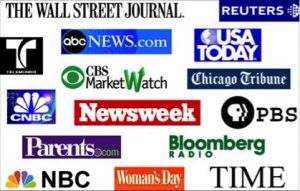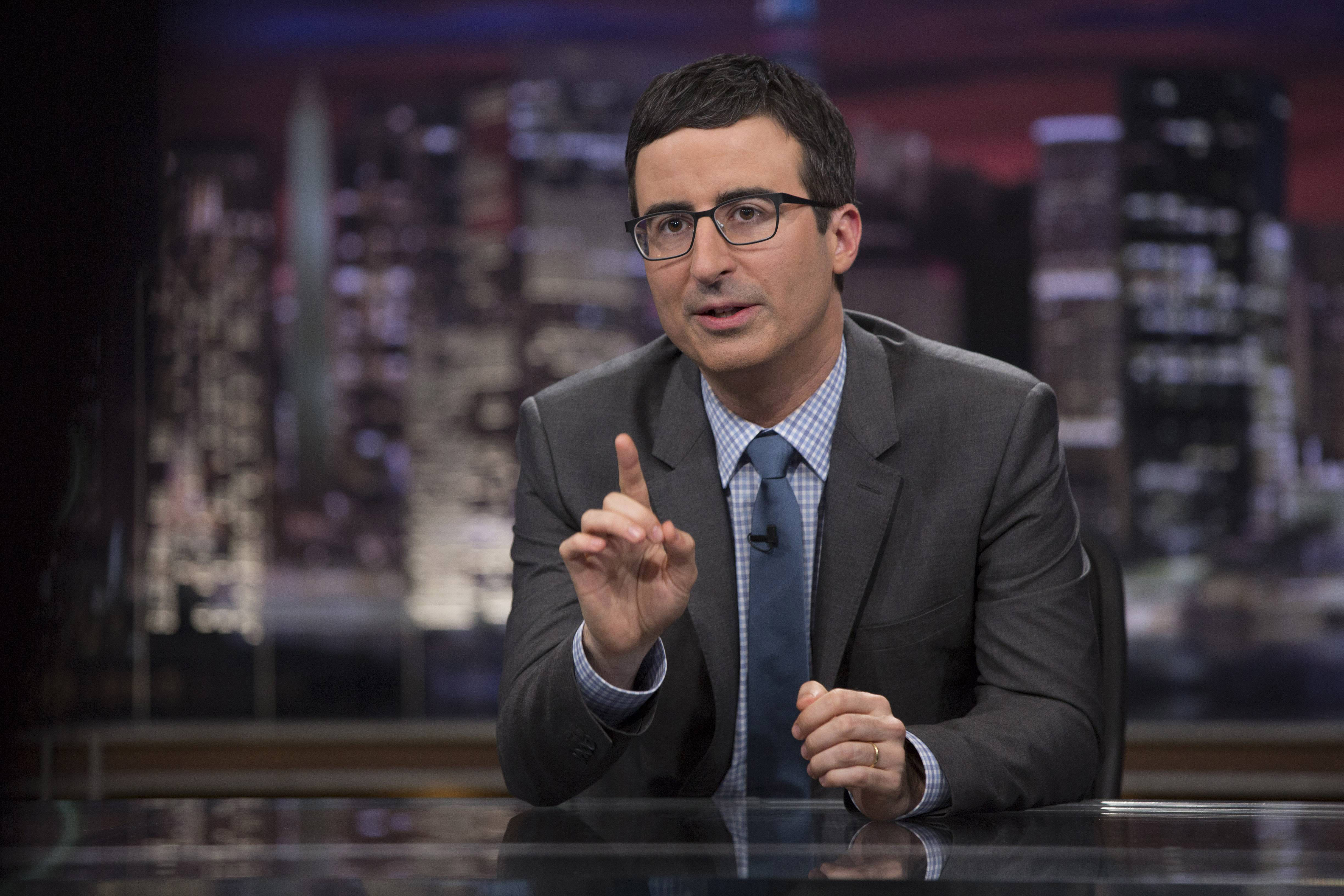By: Tucker Green
“The notion of a neutral, non-partisan mainstream press was, to me at least, worth holding onto. Now it’s pretty much dead.” – Newsweek chief political reporter Howard Fineman, 2005.
Mr. Fineman’s quote touches on an unfortunate but all too important fact of society: the media, by all accounts, is biased. Really, it’s impossible that they couldn’t be. Every story, no matter how black-and-white it may appear, is written by an individual with his own history, perspectives, characteristics, and tone. No matter how much journalists strive to relay stories as professionally as they can, human nature denies total objectivity. As David Foster Wallace once said, “There is no experience you have had that you are not the absolute center of. The world as you experience it is there in front of YOU or behind YOU, to the left or right of YOU.” How can anyone expect to write a story without coloring it at least a little by his/her own experiences?
Indeed, the media’s biases are discussed and argued over as much as their reporting, or maybe even more so. Every day, The New York Times and MSNBC are lambasted as liberal sycophants while The Wall Street Journal and FOX News are accused of conservative pandering. Entire publications exist to monitor the supposed discriminations of news sources. Times Watch for example, a part of the Media Research Center Network, posts articles every day attempting to unveil The New York Times’ perceived “liberal agenda.” Seemingly everyone has their own opinion over which news source is the most fair, most professional, and most centered.
But how exactly is the media biased? It’s not enough to simply say the media is prejudiced; that is an easy accusation that anyone can make. What’s important is trying to break the surface and do something very ironic: objectively analyze bias. For years, political scientists have attempted to study which news sources lean which way by studying voting patterns of journalists and their different approaches to key stories. As a result, there exists a large body of published research that approaches the question of media bias from an empirical, logical standpoint. Of course, not all studies agree with one another. But a cursory survey of recent studies and literature suggests that it is possible to understand media bias without ending up in a shouting match across the room.
One such study was conducted by University of California political scientist Tim Groeling during the 2008 presidential election. Groeling sought to demonstrate selection bias in television news by studying the dynamics of certain news sources’ reporting on presidential approval polls. He compared the in-house presidential approval polling from ABC, CBS, NBC, and FOX News to the networks’ broadcasts of those polls from January 1997 to February 2008. He found that CBS, NBC, and ABC all showed a pro-Democrat bias over that time; as an example, CBS was 35% less likely than other outlets to report a five-point drop in approval for Bill Clinton rather than a five-point rise, and 33% more likely to report a five-point drop than a rise for George W. Bush. These numbers were reversed for FOX News, and Groeling found them to show a pro-Republican bias. Groeling’s research sheds light on the fact that television news can play an important role in selectively interpreting the approval ratings of presidents.
More recently, UCLA political scientist Tim Groseclose published research this summer that ranks major news sources’ political leanings on a numerical scale. His book, Left Turn: How Liberal Media Bias Distorts the American Mind, develops a calculation to determine the “political quotient” of major news outlets. Groseclose does so by counting the number of times each media outlet refers to think tanks and policy groups like the leftist NAACP or right-leaning Heritage Foundation. Then, he repeats the process with speeches from U.S. lawmakers. Americans for Democratic Action (ADA) has developed a system for labeling U.S. lawmakers’ political leanings on a scale of 0-100, where “0” is the most conservative and “100” is the most liberal. From this, Groseclose finds which U.S. lawmaker’s leanings a news outlet most closely mirrors and then assigns that outlet a “slant rating” that is the same ADA score as the lawmaker. For example, Groseclose and his research assistants discovered that The New York Times cites a very similar mix of think tanks in their reporting as Senator Joe Lieberman does in his speeches. Since the ADA has rated Joe Lieberman a 74 on the liberal scale, Groseclose assigned The New York Times a 73.7 slant rating.
According to Groseclose’s findings, nearly all 20 mainstream news outlets analyzed have a relatively liberal bias, even perceived bastions of conservatism like FOX News. For example, CBS Evening News was given a slant rating of 73.7, U.S. News & World Report a 65.8, and The Washington Times—the lone conservative news outlet—a 35.4. Further, he cites a poll in which 93% of Washington correspondents declared themselves Democratic, far from the relative 50-50 split of the American public. As Groseclose argues, “That bias makes us more liberal, which makes us less able to detect the bias, which allows the media to get away with more bias, which makes us even more liberal.” His study provides empirical evidence for the “anti-liberal bias” crusade so prevalent around the country.
Undoubtedly, there are those who will object with Groseclose’s findings. His entire research method hinges on citations of think tanks and policy groups and the ratings of another research institution, the ADA. Further, bias itself is a difficult thing to measure. What type of bias are we looking for? Media may exercise their prejudices by any number of means: omitting information, selecting certain stories over others, using particular sources, spinning stories certain ways, etc. Who is to say which of these is the most dangerous or potent method of bias? The issue of bias is so slippery that many political scientists eschew academic inquiry into it; believing even studying bias is a dangerous path toward ideological bickering. Many academics avoid the loaded term “bias” altogether, preferring words like journalistic “predilections” and “tone.”
Still, academic, quantitative research into media bias is a fascinating field of study that may shed light into just how news is delivered to us—and how we absorb it. It’s vital to bear in mind, especially considering how much our population, from college students to Wall Street executives, relies on the media for information and guidance. As citizens, the most important thing is that we carefully examine what we read and watch. If not, it’s frightening to think just how much we may be misled.

